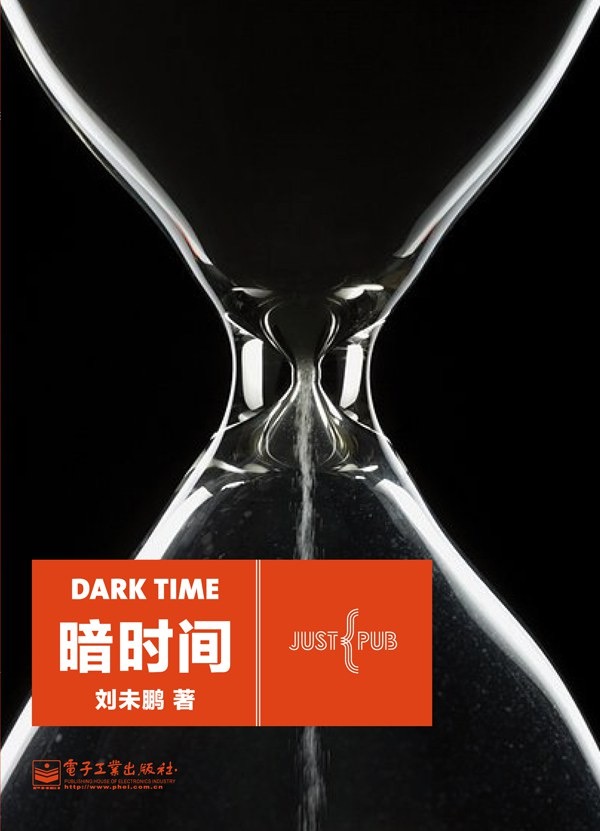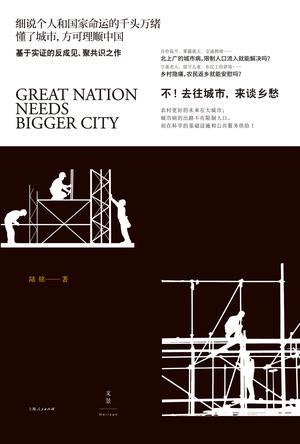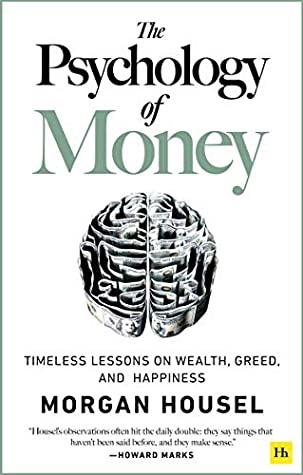The books delivers the ideas and reach findings about how human brain works in learning and memorizing things and solving problems by describing a series of scientific researches in the field. It's more of a research summary type rather than an application or book that truly gives practical guidances on how to improve one's ability to learn and retain knowledge better. Due to its relative low density of "useful" and practical knowledge, decided to stop reading at Chapter 7.
Personal rating: ⭐ ⭐ ⭐ .I don't not recommend this book.
-
Forgetting actually helps you learn. This is the “Forget to Learn” theory. When we forget something, then try remember it again (“retrieval”), the memory then becomes stronger. Forgetting is critical to the learning of new skills and the preservation of old ones.
-
We perform better on exams when we are in the same state of mind as when we studied. People remember more of what they studied when they return to that same study environment. Since we can’t always predict the context in which we will need to perform, we can help our studying and memory by varying the environment where we study. The traditional advice to establish a strict practice routine is not advisable. On the contrary: Try another room altogether. Another time of day. Practice your musical instrument outside, in the park, in the woods. Switch cafes. Each alteration further enriches the skills rehearsed, making them sharper and more accessible for longer.
-
People learn and remember more when they space their study time instead of concentrating it. This is called “distributed learning” or “the spacing effect.” The spacing effect is especially useful for memorizing new material. Studying a new concept right after you learn it doesn’t deepen the memory much, if at all. Studying it an hour later, or a day later, does. Cramming works fine in a pinch but doesn’t last. Spacing does.
-
The “fluency illusion” is the belief that because facts are easy to remember RIGHT NOW, they will remain that way tomorrow or the next day. It’s one of the reasons students will bomb a test they thought they would have aced. The best way to overcome this illusion is to consistently engage in self-testing. Instead of memorizing a poem by reading it 20 times, read it ten times, constantly trying to recite it from memory as you go. Testing yourself as you go amplifies the value of your study time.
-
Pre-testing is also an important study tool. Even if you bomb a test on Day 1 of a class, that experience alters how you subsequently take in the material during the rest of the semester. On some kinds of tests, especially multiple choice, we learn from answering incorrectly—especially if given the correct answer soon afterwards. Guessing wrong increases a person’s likelihood of answering correctly on a later test. The act of guessing itself engages your mind in a more demanding way than straight memorization, deepening the imprint of the correct answer.
-
Many teachers have said you don’t really know a topic until you have to teach it yourself, until you have to make it clear to someone else. One effective study method is to explain the material either to yourself or to someone you know.
-
The mind works on problems “off-line,” subconsciously, when we’re not aware it’s happening. Sometimes, when we are stuck on a problem requiring insight, distractions can be a valuable weapon rather than a hindrance. However, people do not benefit from such an “incubation break” unless they have first reached an IMPASSE. Knock off and play a videogame too soon and you get nothing. Creative leaps often come during downtown that follows a period of immersion in a story or topic, and they often come piecemeal, not in any particular order, and in varying size and importance.
-
Interruptions are helpful to learning. Interrupting yourself when absorbed in an assignment extends its life in memory and pushes it to the top of your mental to do list. And once a goal is top of mind, we are more focused on accomplishing it.
-
Just starting on a project gives that project the weight of a goal, even if the actual work performed is minimal. We should start work on large projects as soon as possible, without the psychological burden of feeling like the project needs to be completed in one sitting. It’s ok to stop when we get stuck, with the confidence that we are not “quitting” but initiating a percolation period. Quitting before you’re ahead doesn’t actually put a project to sleep, it keeps it awake.
-
Varying your practice and studies, known as “interleaving,” is more effective than concentrating on one skill or subject at a time, because it forces us to be able to adjust and think quicker on the fly. Constant repetition alone is less useful. Mixing up practice with different tasks forces people to make continual adjustments, building a general dexterity that sharpens each specific skill. All that adjusting during mixed practice also enhances our ability to perform each skill regardless of context. Also, since tests themselves are mixed sets of problems, it helps to make homework the same.
-
Over time and with practice, your brain develops “perceptual intuition,” the ability to detect minute differences in sights, sounds, or textures. The brain takes these tiny differences it has detected between similar looking signals and uses those to help decipher new, previously unseen material. Perceptual learning is happening all the time, automatically, and subconsciously.
-
Sleeping improves retention and comprehension of what was studied the day before. What happens during sleep, according to recent theory, is that you open the aperture of memory and are able to see the bigger picture. There is evidence that REM sleep is a creative memory domain, where you build different associations and combine things in different ways. Sleep also improves pattern recognition, creative problem solving, and muscle/motor memory. Napping also provides slow wave deep sleep and REM sleep.
Conclusion: Learning is a restless exercise and that restlessness applies not only to the timing of study sessions but also to their content, i.e., the value of mixing up old and new material in a single sitting. Given the dangers of fluency, or misplaced confidence, exposed ignorance is like a cushioned fall. The experience acts as a reminder to check and recheck what you assume you know. The mind is a forager for information, for strategies, for clever ways to foil other species’ defenses and live off the land. That’s the academy where our brains learned to learn, and it defines how we came to be human. Learning is what we do.























